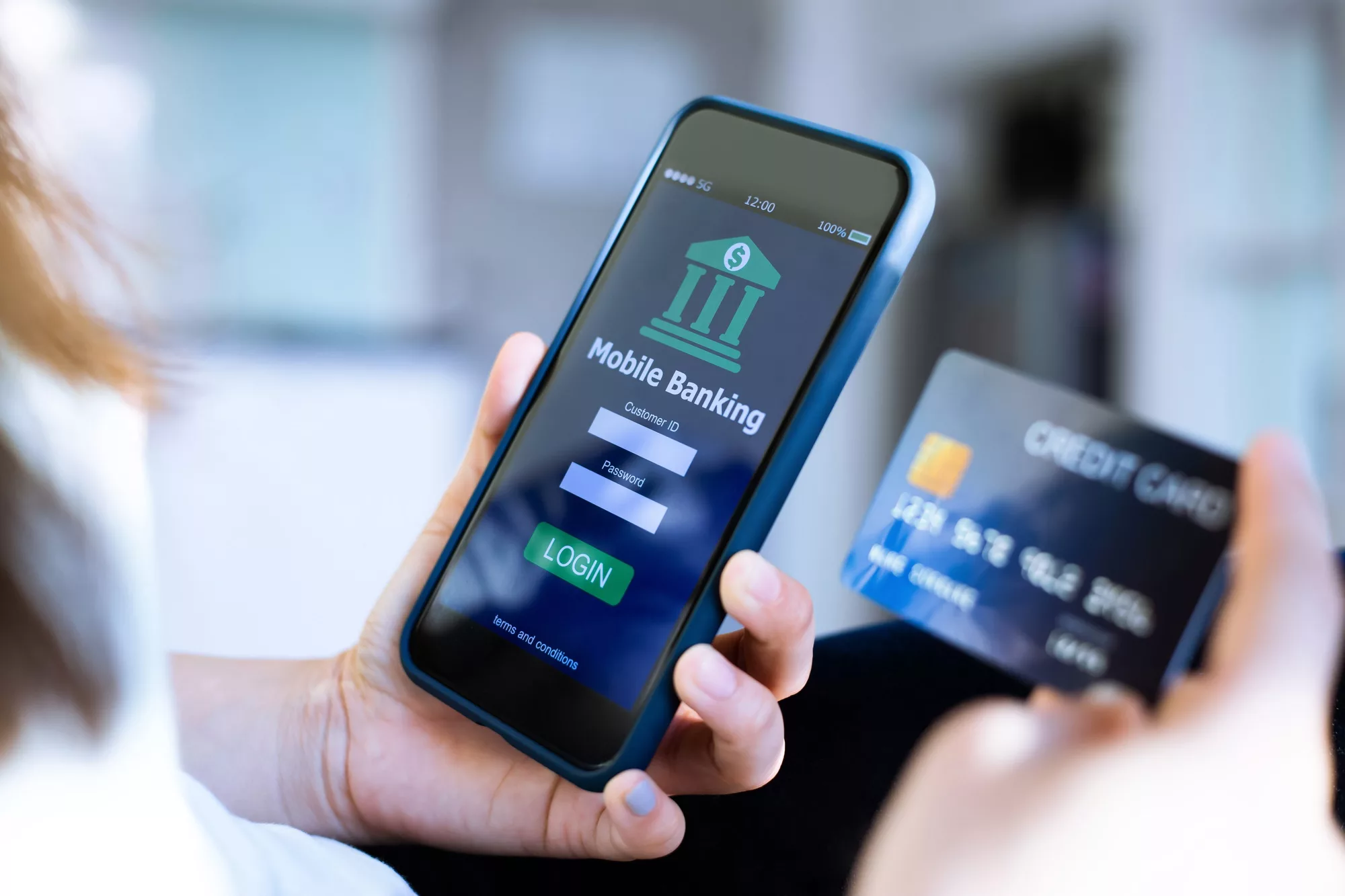
In the digital age, the ability to manage finances conveniently online has been a game-changer. But banks are taking things a step further when it comes to streamlining the banking process — some now offer the option to open a bank account online without depositing any money to do so. If you’re looking to start a bank account without the constraints of an initial deposit, online banking may be a viable and accessible solution. In this article, we’ll explore the steps and considerations for opening a bank account online with no deposit, empowering you to take control of your financial journey.
The Evolution of Online Banking
Online banking has revolutionized the way individuals manage their finances by offering expanded accessibility and convenience. Gone are the days of lengthy paperwork and in-person visits to open a bank account. Recognizing the diverse financial needs of individuals, many banks now offer no deposit or low deposit accounts, making it easier for people to access essential banking services without a significant upfront financial commitment. With just a few clicks, you can initiate the process of opening an account from the comfort of home.
Steps to Open a Bank Account Online With No Deposit
There are several common steps involved in opening an online bank account. Although your exact process may vary, the steps listed below can give you a better idea of what to anticipate before you proceed with signing up.
Researching Banks and Account Types: Start by researching banks that offer no deposit or low deposit accounts. Many online banks and credit unions cater to individuals looking for accessible banking options. Consider factors such as fees, account features, and customer reviews when selecting a bank. Although you may not need to deposit money when you initially open the account, the bank may expect you to make a deposit within the first 30 days or so.
Choosing the Right Account: Online banks typically offer a range of account types, including checking accounts, savings accounts, and even combination accounts. Choose the account type that aligns with your financial goals and requirements. For those focused on day-to-day transactions, a checking account may be suitable, while others looking to build an emergency fund may opt for a savings account.
Gathering Necessary Documentation: To open a bank account online, you will need to provide some basic documentation. This may include a government-issued ID, Social Security number, proof of address (such as a utility bill or lease agreement), and other personal information. Having these documents ready can streamline the application process.
Navigating the Bank’s Website: Visit the website of the chosen bank and navigate to the section for opening new accounts. Most banks have user-friendly interfaces that guide applicants through the process step by step. Look for options specifically tailored to no deposit or low deposit accounts.
Completing the Online Application: The online application should prompt you to provide personal information, including your name, address, date of birth, and Social Security number. Fill out the required fields accurately. Be prepared to create a username and password for online account access.
Verifying Your Identity: As part of the application process, the bank may employ identity verification measures. This can involve answering security questions, providing additional documentation, or confirming your identity through other means. Follow the instructions provided by the bank to complete this step.
Reviewing Terms and Conditions: Before finalizing the application, carefully review the terms and conditions of the account. Pay attention to any fees, account features, and policies that may impact your banking experience. Understanding the terms ensures that you are making an informed decision.
Submitting the Application: Once you’ve completed all required fields and reviewed the terms, submit your online application. Some banks may provide an instant decision, while others may require additional time for manual review.
Considerations for No Deposit Accounts
Fees and Charges: While no deposit accounts aim to reduce financial barriers, it’s essential to be aware of any associated fees. Some accounts may have maintenance fees, transaction fees, or other charges. Understanding the fee structure helps you make informed decisions about your banking relationship.
Overdraft Policies: Familiarize yourself with the bank’s overdraft policies. Some no deposit accounts may have limitations on overdrafts, while others may offer overdraft protection or charge fees for overdraft transactions.
Online and Mobile Banking Features: Take advantage of the online and mobile banking features offered by the bank. These may include mobile check deposits, bill pay features, and real-time account monitoring. Online tools can enhance your ability to manage finances efficiently.
Customer Support: Assess the customer support options provided by the bank. Whether it’s through phone, chat, or email, knowing how to reach customer support is crucial in case you encounter any issues or have questions about your account.
Building a Relationship: Starting with a no deposit account doesn’t mean you’re limited in your banking relationship. As your financial situation evolves, consider exploring additional products and services offered by the bank, such as loans, credit cards, or investment options.
Opening a bank account online with no deposit can be a straightforward and accessible process that empowers individuals to take control of their finances. The digital landscape has made banking more inclusive, allowing people from all walks of life to access essential financial services without significant upfront costs. By researching banks, choosing the right account, and understanding the terms and features, you can embark on this financial journey with confidence, convenience, and flexibility.
Resource Links
“Can I Open a Bank Account With No Deposit Required?” via Varo
“Can I Open a Bank Account With No Deposit?” via Monorail
“2 Simple Steps: Open a Bank Account Online with No Deposit & Bad Credit” via BadCredit.org
“How to Open a Bank Account Online: Your Complete Step-by-Step Guide” via Forbes